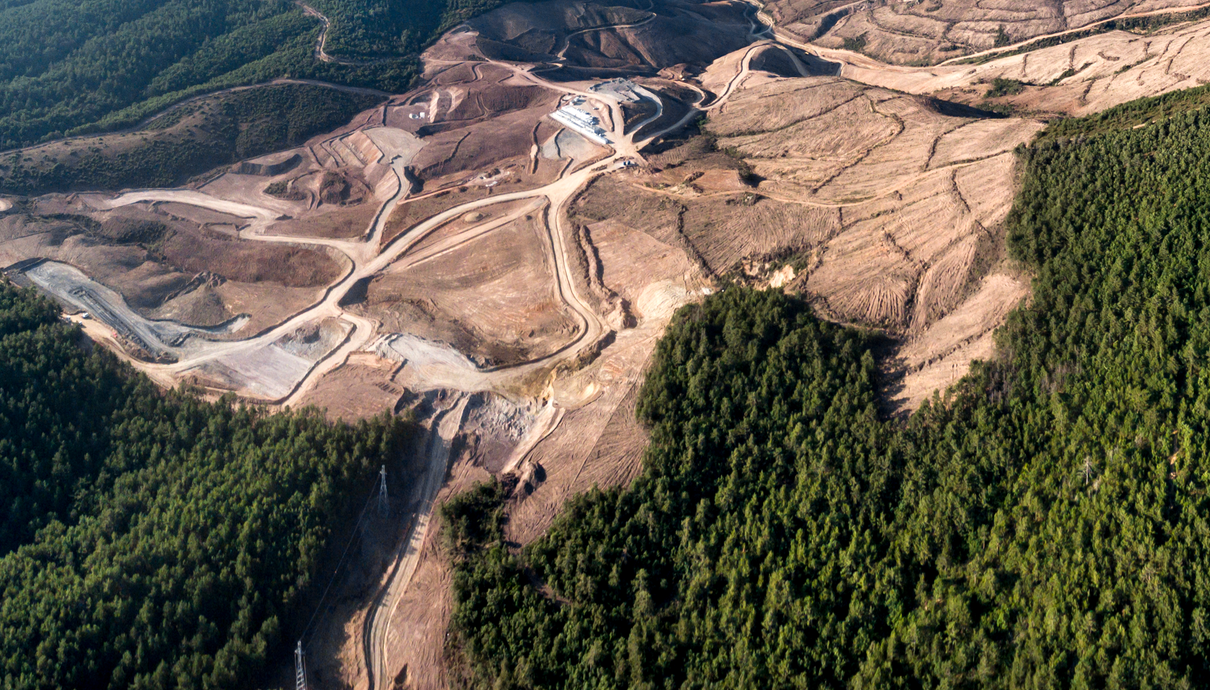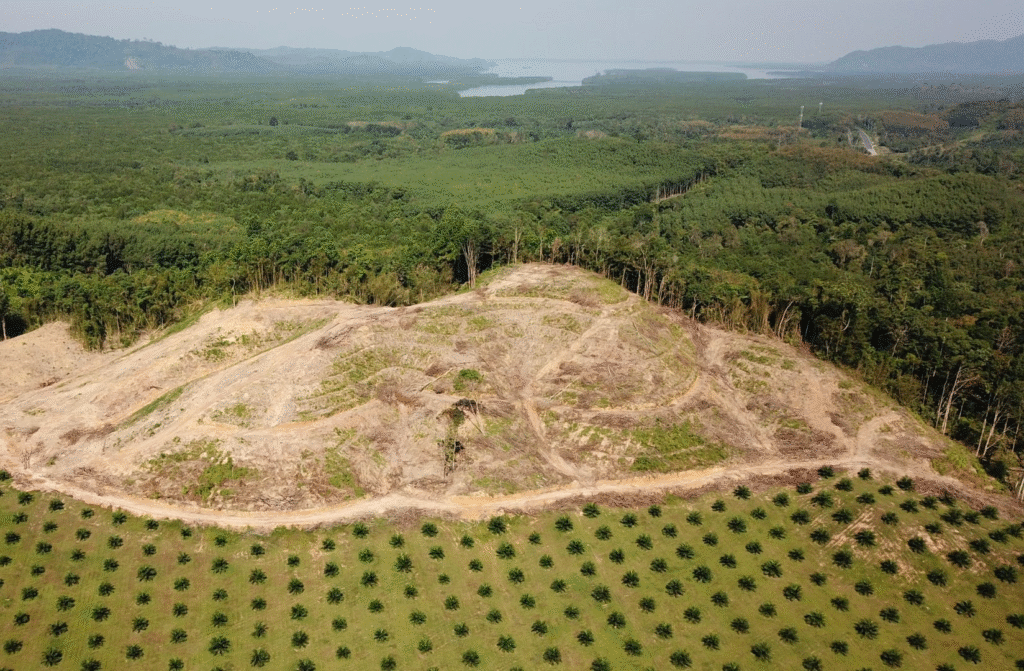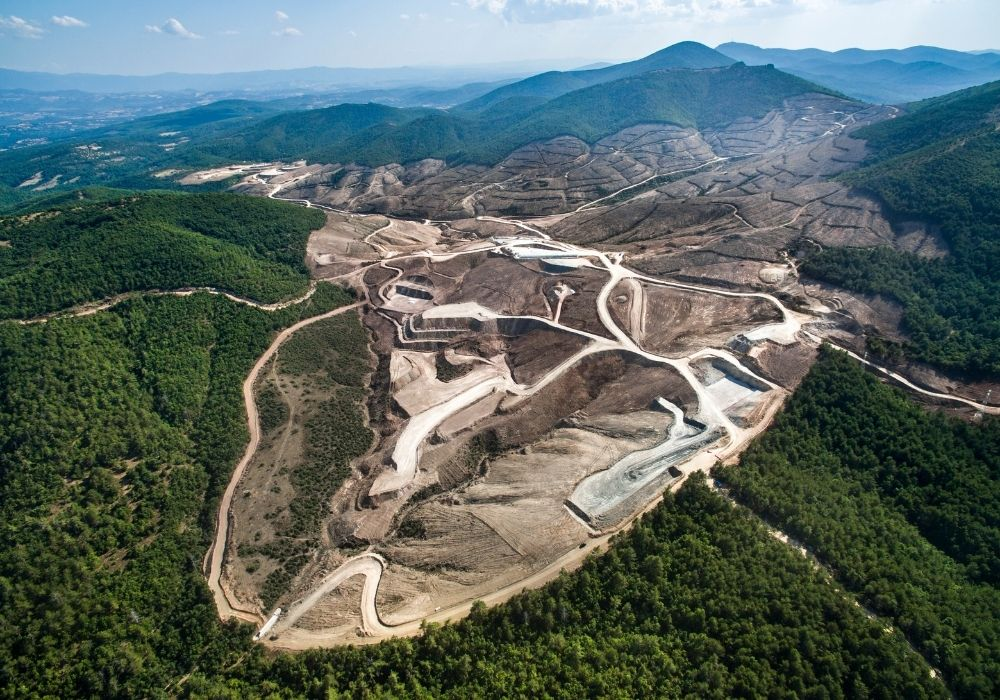Now Reading: The Hidden Effects of Deforestation That Could Change Our Future 2025
-
01
The Hidden Effects of Deforestation That Could Change Our Future 2025
The Hidden Effects of Deforestation That Could Change Our Future 2025

Table of Contents
Deforestation is a quiet but dangerous disaster happening all around the world. While many people focus on climate change and pollution, the act of cutting down forests is causing deep and lasting harm to the environment, animals, and even humans. The sad truth is that if deforestation continues at this rate, the Earth may face more serious problems than we can imagine.
In this article, we explore the main effects of deforestation, how it impacts the planet, and why this issue deserves urgent attention.
1. Climate Change: The Biggest Threat

Forests are called the “lungs of the Earth” for a reason. They absorb carbon dioxide (CO2) from the air and release fresh oxygen. When trees are cut down, this natural process stops. As a result, more CO2 remains in the atmosphere, which leads to global warming.
Worse still, when trees are burned or left to rot, they release stored carbon into the air. Studies suggest that deforestation causes around 10% of the world’s greenhouse gas emissions. This is a huge reason why global temperatures are rising and weather patterns are changing.
Heatwaves, droughts, floods, and storms are becoming more frequent and dangerous. And a large part of this problem can be traced back to disappearing forests.
2. Loss of Biodiversity: Animals Are Paying the Price
The world’s forests are home to 80% of land-based animals and plants. From colorful birds to giant tigers, countless species depend on trees for food, shelter, and breeding.
When forests are cut down, these animals lose their homes. Many struggle to survive. Some species move to other areas, but not all can adapt. As a result, endangered animals like orangutans, jaguars, and elephants are pushed closer to extinction.
Even insects and tiny creatures suffer. This loss of biodiversity harms the entire ecosystem, including humans, because healthy forests are needed to keep nature balanced.
3. Soil Erosion: Land Becoming Lifeless
Trees and plants are important not just for the air, but also for the soil. Their roots hold the earth together, stopping rainwater from washing it away. When forests are removed, the soil becomes loose and weak.
This leads to soil erosion, where fertile land is lost and becomes useless for farming. Farmers in many countries are struggling because their land no longer produces crops as it used to. Over time, this causes food shortages and poverty, especially in developing nations that depend on farming.
4. Water Cycle Disruption: Dry Lands and Flooded Cities
Forests help control the Earth’s water cycle. They absorb rainwater, release moisture into the air, and help form clouds. Without trees, this natural water flow is broken.
This results in two major problems:
- Dry lands and droughts in areas that used to get regular rain.
- Flooding in cities and low-lying areas because there are no trees to absorb excess rainwater.
Such disruptions harm both nature and people. Farmers suffer from droughts, while cities deal with deadly floods and water damage.
5. Impact on Indigenous Communities
Millions of indigenous people depend on forests for their homes, food, medicine, and way of life. When forests are cut down, these communities lose everything.
In many cases, they are forced to leave their land, losing their culture and traditions. This leads to social and economic problems, including poverty and loss of identity.
Protecting forests is also about protecting these vulnerable groups, whose wisdom and connection to nature are priceless.
6. Human Health at Risk

Deforestation doesn’t only harm the environment — it also threatens human health. When forests disappear, dangerous viruses and diseases can jump from animals to humans more easily. This is because animals are forced into closer contact with people as their homes are destroyed.
Some experts believe that deadly diseases like Ebola, SARS, and even COVID-19 may have links to deforestation. This makes saving forests not just an environmental issue, but a health priority for the entire world.
7. Economic Damage in the Long Run
While some companies and industries make money by cutting trees for timber, mining, or farming, the long-term economic costs are far greater.
Deforestation leads to:
- Lower agricultural productivity due to soil loss.
- Expensive natural disasters such as floods and droughts.
- Loss of valuable resources like medicinal plants.
- Harm to tourism industries, especially in eco-sensitive areas.
In the end, the world loses more money by destroying forests than it gains from short-term profits.
What Can Be Done to Stop Deforestation?

Stopping deforestation requires global teamwork and smart policies. Some solutions include:
- Reforestation: Planting trees to replace the ones cut down.
- Sustainable farming and logging: Using land without harming forests.
- Stronger laws and rules: Protecting forests with legal action.
- Educating people: Teaching the world why forests matter.
- Supporting indigenous rights: Helping local communities protect their land.
Many organizations and countries are working hard to fight deforestation. But more action is needed to make a real difference.
Conclusion: A Problem We Can’t Ignore
The effects of deforestation are serious, far-reaching, and dangerous for every living being on Earth. From climate change to health risks, the loss of forests touches every part of life.
But the good news is this: by raising awareness, changing habits, and working together, we can stop deforestation before it’s too late. Every tree saved today means a safer, healthier tomorrow.
Read More:- Shobha Realty Launches Its Most Luxurious Project Yet—Full Details Inside 2025





















